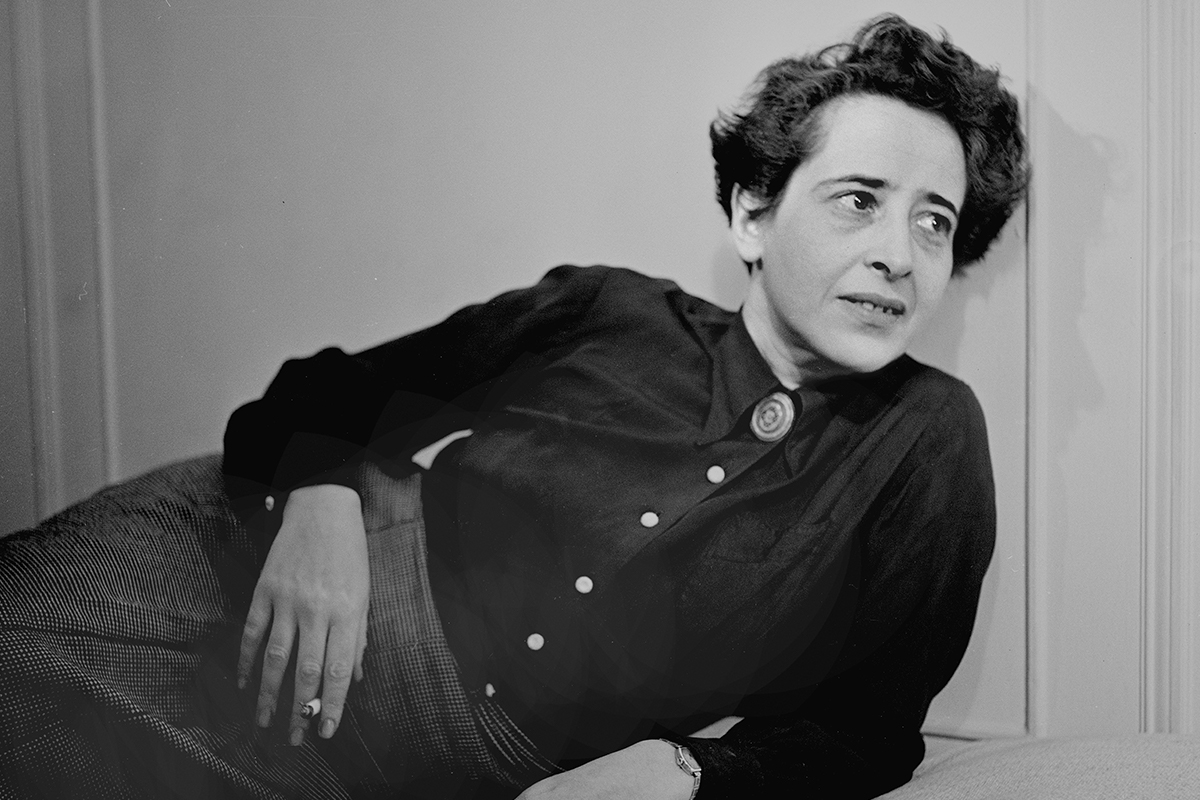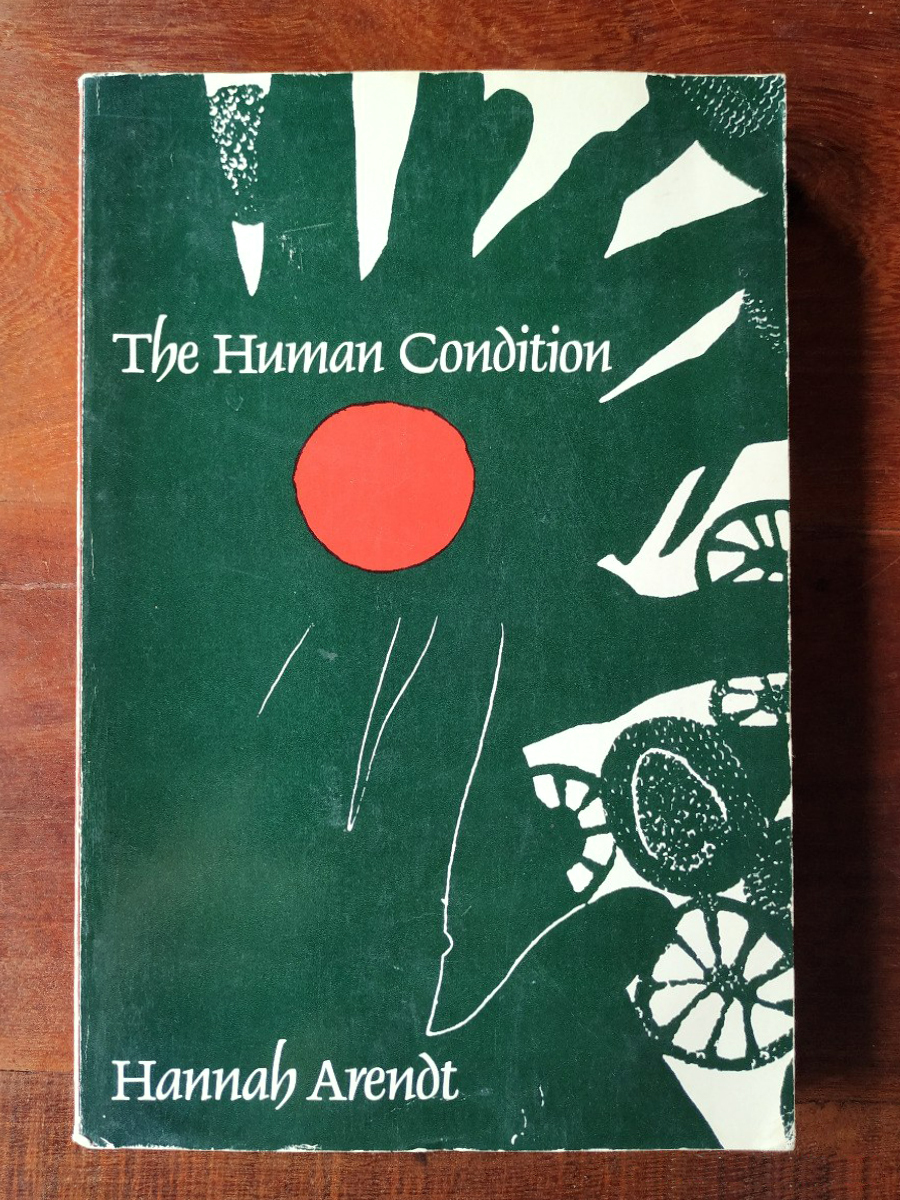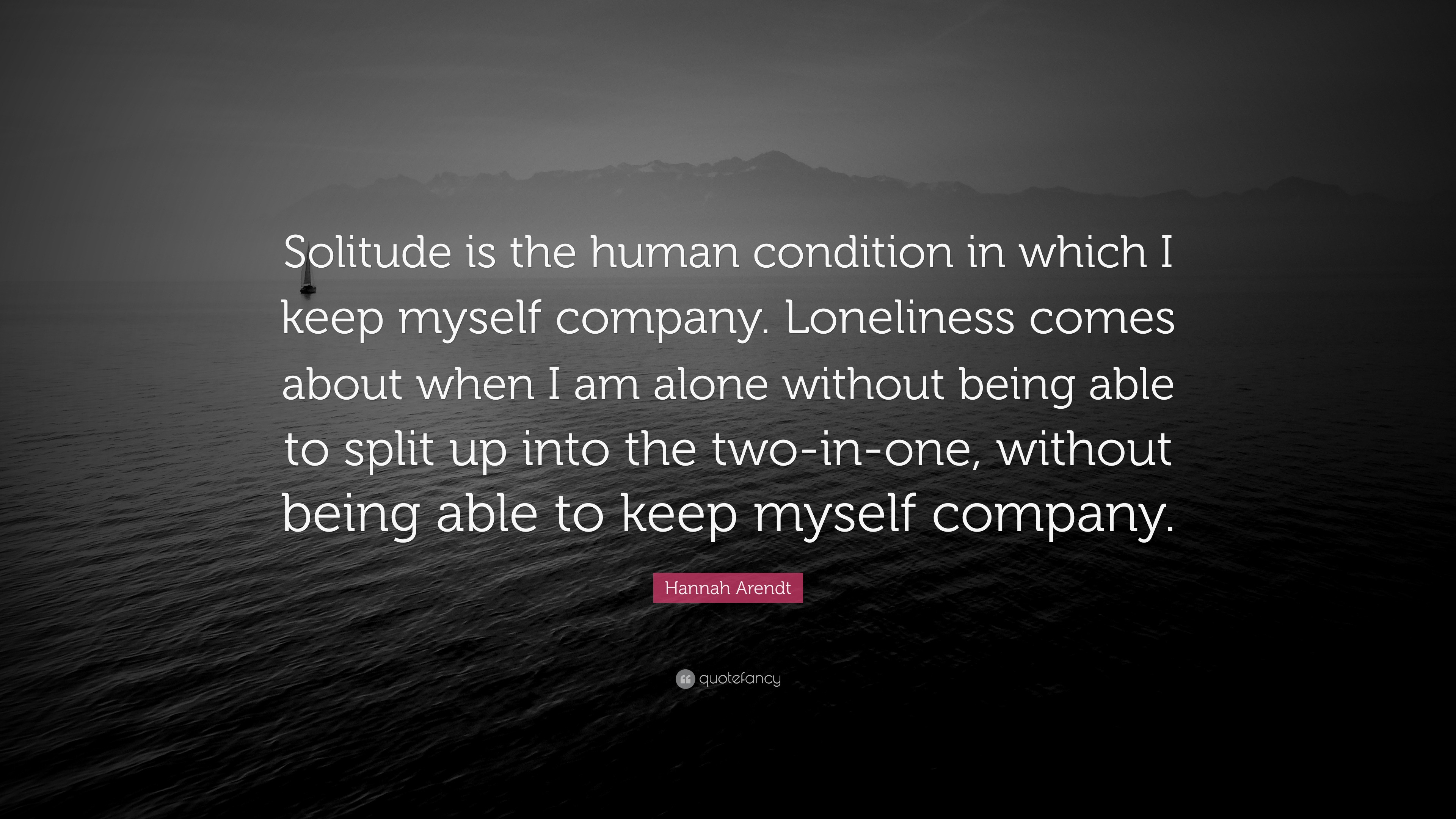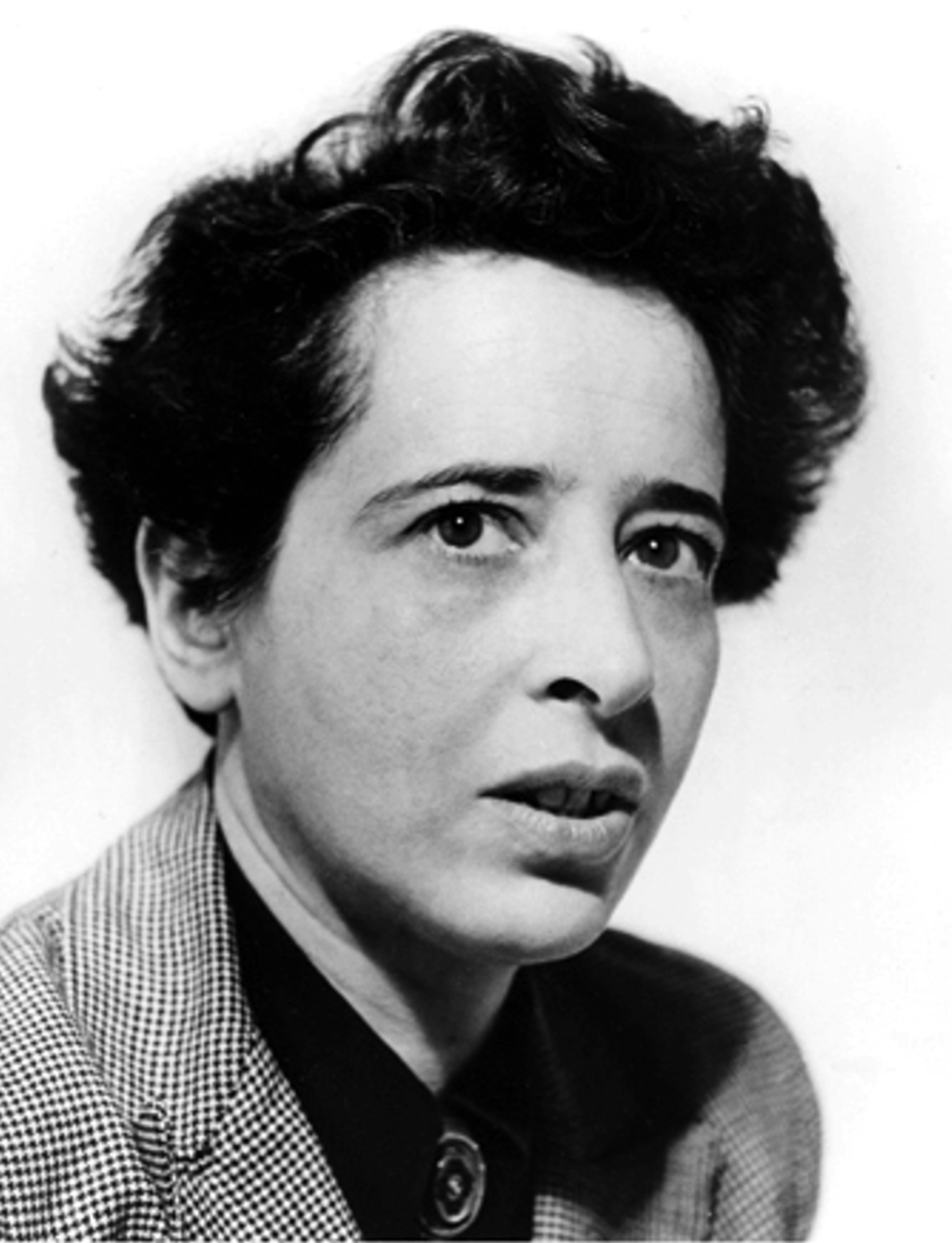Hannah Arendt (1906-1975) was one of the most influential political philosophers of the twentieth century. Born into a German-Jewish family, she was forced to leave Germany in 1933 and lived in Paris for the next eight years, working for a number of Jewish refugee organizations.. In The Human Condition Arendt stresses repeatedly that.. That indelible relationship between speech and action in an honorable existence is what Hannah Arendt (October 14, 1906-December 4, 1975) examines throughout The Human Condition (public library) — the immensely influential 1958 book that gave us Arendt on the crucial difference between how art and science illuminate life.

What Hannah Arendt Can Teach Us About Fascism and Antisemitism Today Alma

The Human Condition de Arendt, Hannah Near Fine (1958) First Edition. Burnside Rare Books, ABAA

The Human Condition by Hannah Arendt (University of Chicago Press paperback edition) Fonts In Use

BOOKSinTWEETS 70 tweets from “The Human Condition” (by Hannah Arendt)

Opinion The Illuminations of Hannah Arendt The New York Times

Hannah Arendt Quote “The human condition is such that pain and effort are not just symptoms

Hannah Arendt Quote “Solitude is the human condition in which I keep myself company. Loneliness

Evolving Lens Bookseller, Rare & Collectible Rare, used, and outofprint books

Hannah Arendt, Human Condition, Holo, The Twenties, Philosophy, Male Sketch, Century, American

On The Human Condition of Hannah Arendt 3 « Polytropy

FileThe Human Condition Hannah Arendt.jpg Green Policy

hannah arendt the human condition

Hannah_Arendt Kosmospolis

Hannah Arendt's Human Condition YouTube

The Human Condition Second Edition Hannah Arendt Google Books Hannah arendt, Human

"The Human Condition" von Hannah Arendt [Rezension]

Hannah Arendt and remembering thought The Burning Archive

Politics First 14 (Hannah Arendt The Human Condition) promo video YouTube

(PDF) Hannah Arendt The Human ConditionPart I

The Human Condition by Hannah Arendt (University of Chicago Press paperback edition) Fonts In Use
In Hannah Arendt. The Human Condition, published in 1958, was a wide-ranging and systematic treatment of what Arendt called the vita activa (Latin: "active life"). She defended the classical ideals of work, citizenship, and political action against what she considered a debased obsession with mere welfare.. The Human Condition 1. Vita Activa and the Human Condition 7 2. The Term Vita Activa 12 3. Eternity versus Immortality 17 II. The Public and the Private Realm 4. Man: A Social or a Political Animal 22 5. The Polls and the Household 28 6. The Rise of the Social 38 7. The Public Realm: The Common 50 8. The Private Realm: Property 58 9.